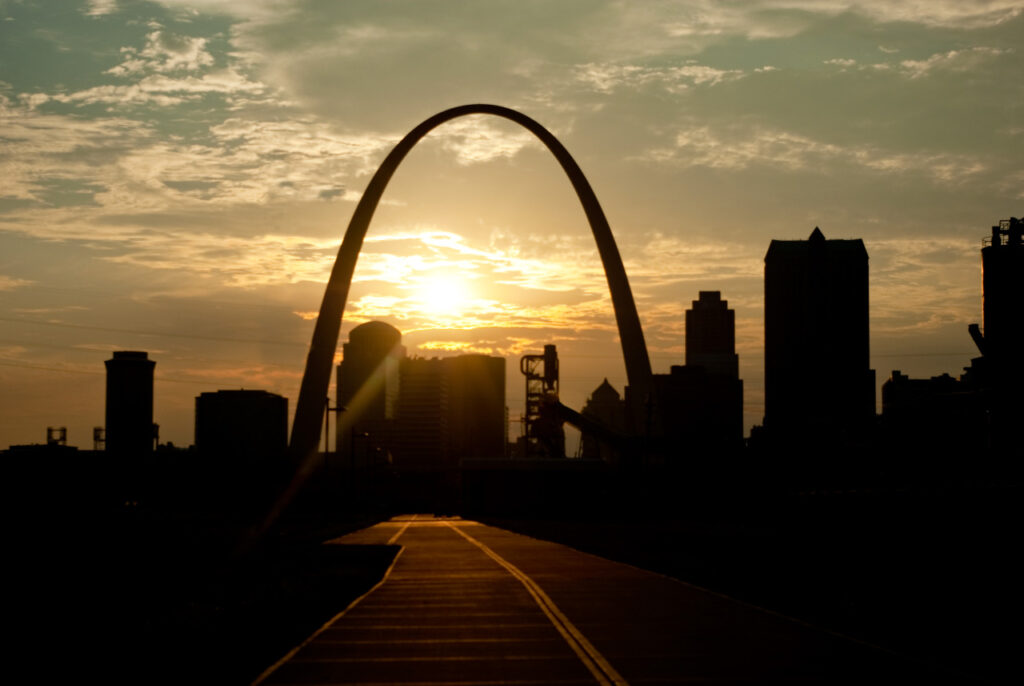-
Edgar Degas
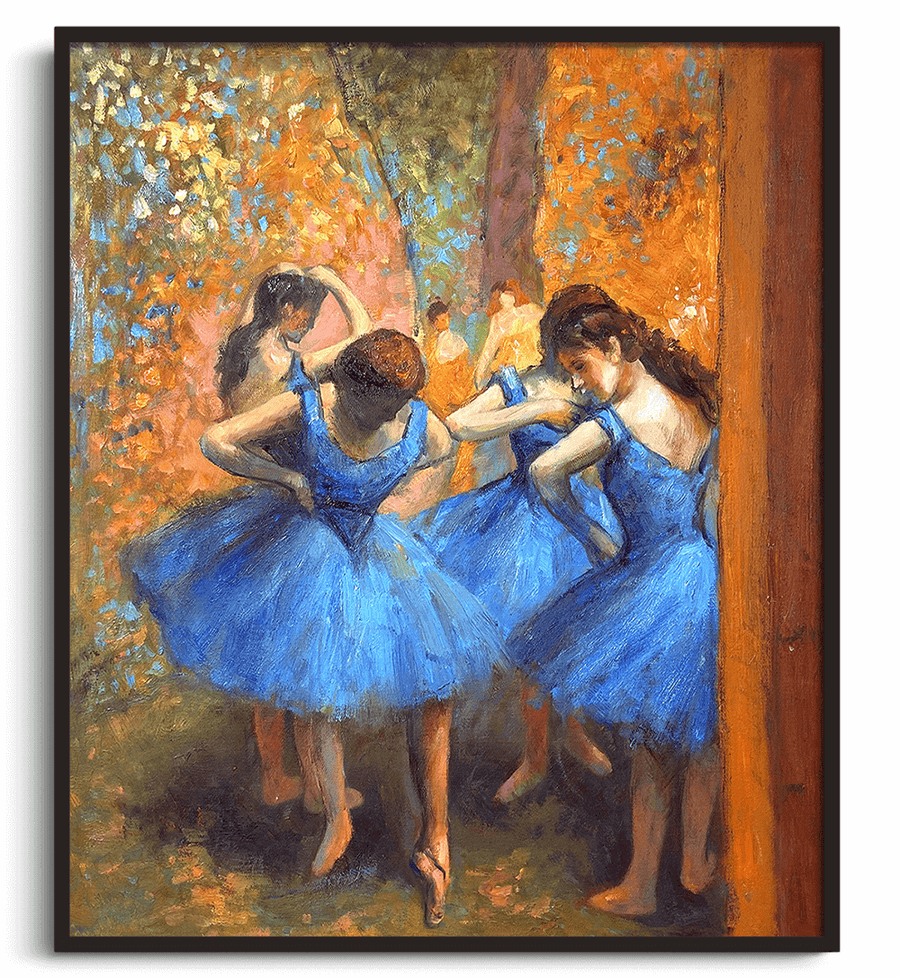
(19 July 1834 – 27 September 1917) Edgar Degas was a French Impressionist artist famous for his pastel drawings and oil paintings. Degas also produced bronze sculptures, prints and drawings. Degas is especially identified with the subject of dance; more than half of his works depict dancers. Although Degas is regarded as one of the founders of Impressionism, he rejected the term, preferring to be…
-
Giacomo Balla
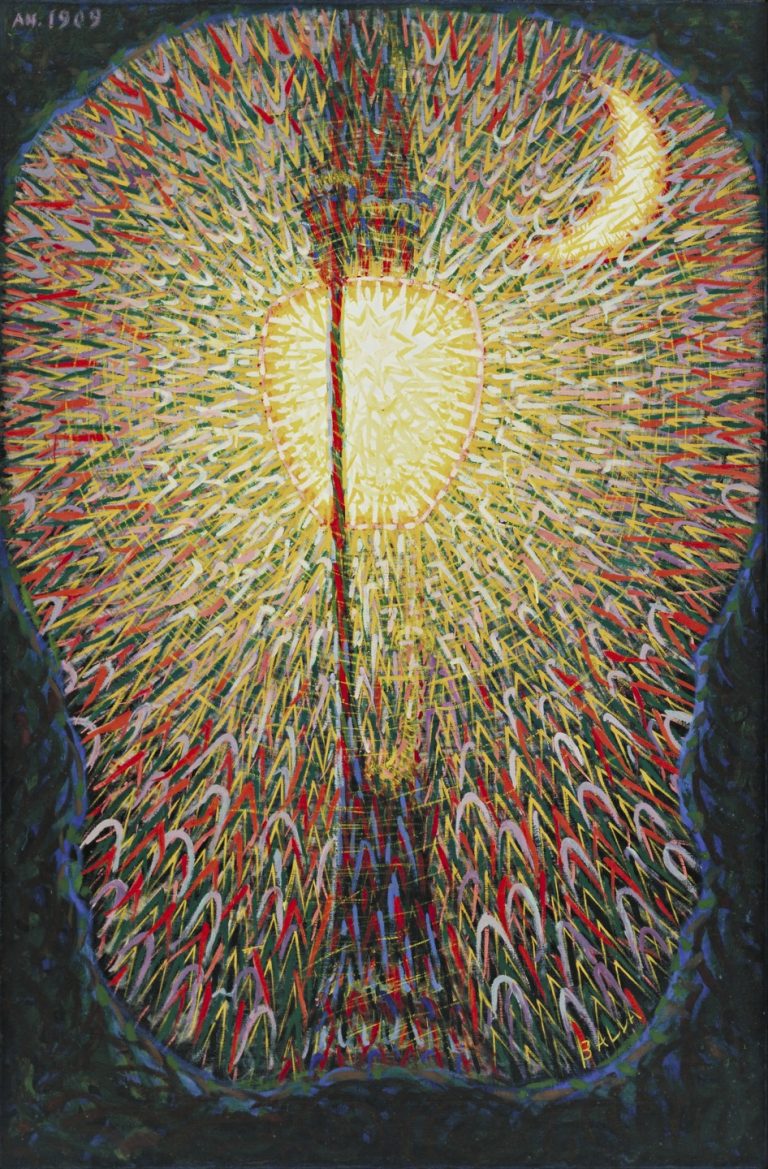
(18 July 1871 – 1 March 1958) Giacomo Balla, Italian artist and founding member of the Futurist movement in painting. Balla had little formal art training, having attended briefly an academy in Turin. He moved to Rome in his twenties. As a young artist, he was greatly influenced by French Neo-Impressionism during a sojourn he made in Paris in 1900. Upon his return…
-
Berenice Alice Abbott
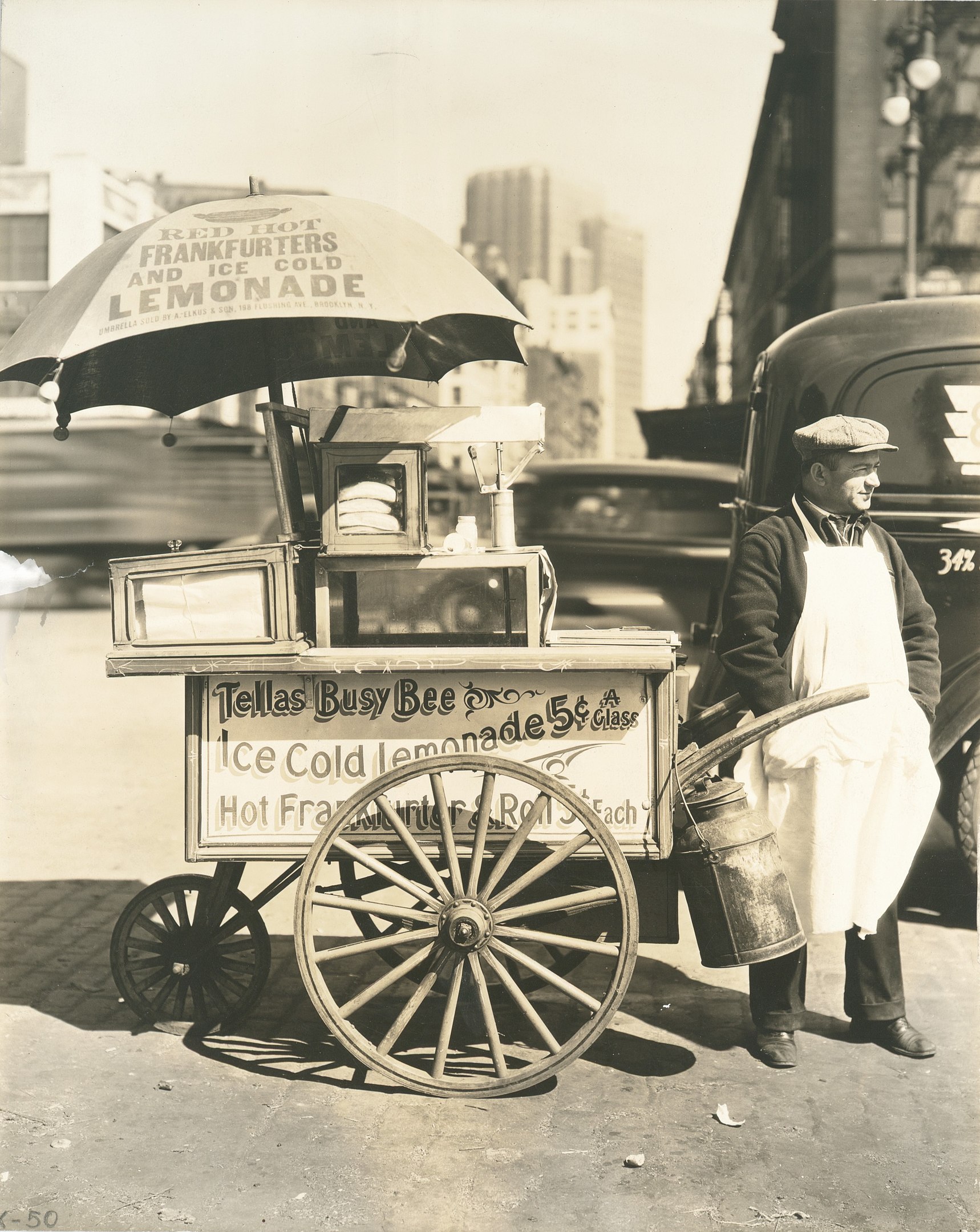
(July 17, 1898 – December 9, 1991) An American photographer, Berenice Abbott was a central figure in and important bridge between the photographic circles and cultural hubs of Paris and New York. She was born in Springfield, Ohio, and in 1918 moved to New York, where she studied sculpture independently, meeting and making vital connections…
-
Sir Joshua Reynolds
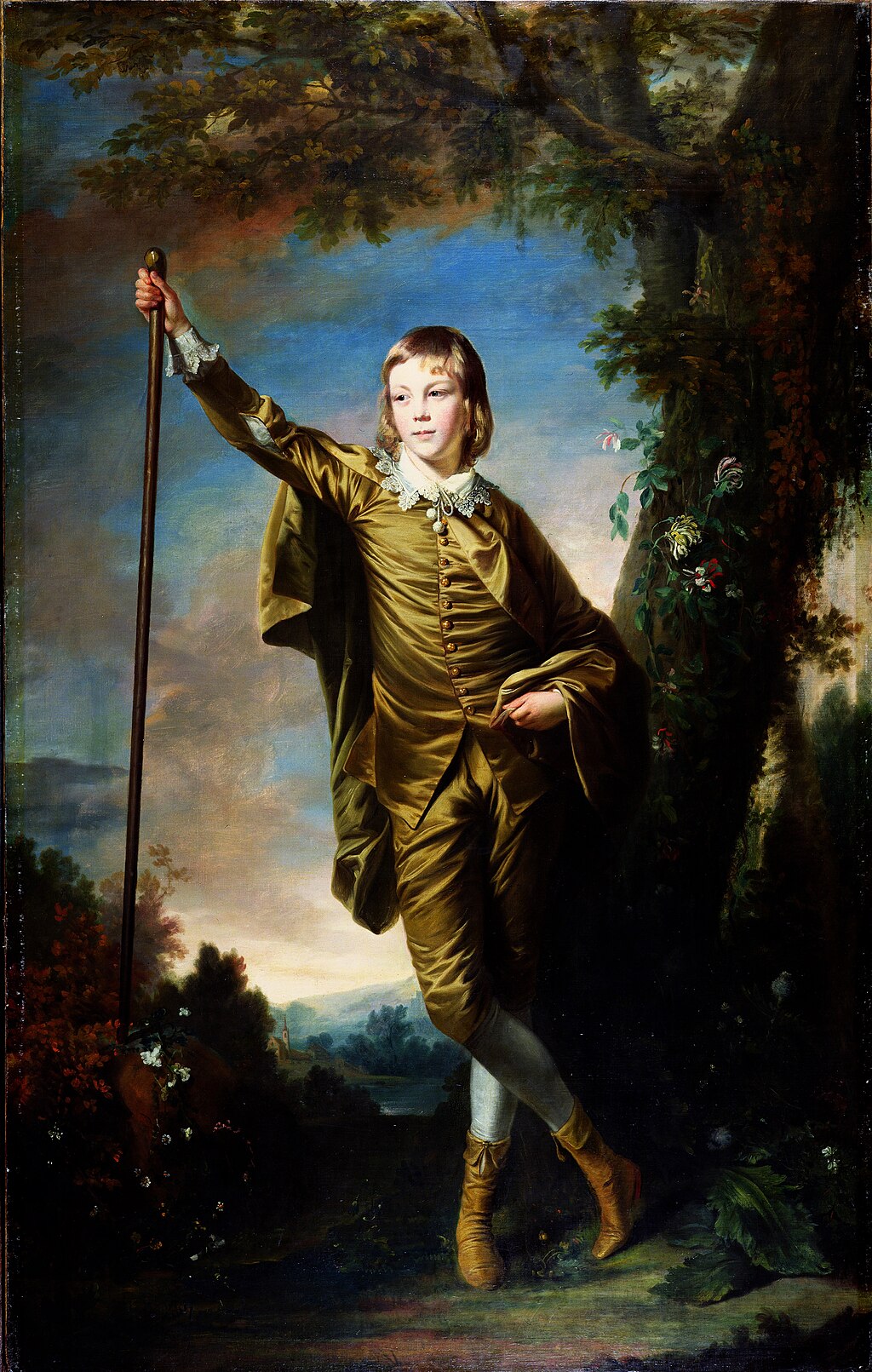
(16 July 1723 – 23 February 1792) Reynolds was the leading English portraitist of the 18th century. Through study of ancient and Italian Renaissance art, and of the work of Rembrandt, Rubens and Van Dyck, he brought great variety and dignity to British portraiture. Reynolds was born at Plympton in Devon, the son of a headmaster and fellow of Balliol College,…
-
Rembrandt

(15 July 1606 – 4 October 1669) Rembrandt Harmenszoon van Rijn, usually simply known as Rembrandt, was a Dutch Golden Age painter, printmaker and draughtsman. An innovative and prolific master in three media, he is generally considered one of the greatest visual artists in the history of art. It is estimated Rembrandt produced a total of about three hundred paintings, three hundred etchings and two thousand drawings. Unlike most Dutch…
-
Gustav Klimt

(14 July 1862 – 6 February 1918) Gustav Klimt was an Austrian symbolist painter and one of the most prominent members of the Vienna Secession movement. Klimt is noted for his paintings, murals, sketches, and other objets d’art. Klimt’s primary subject was the female body, and his works are marked by a frank eroticism. Amongst his figurative works, which include allegories and portraits, he painted landscapes.…
-
Roger Minick
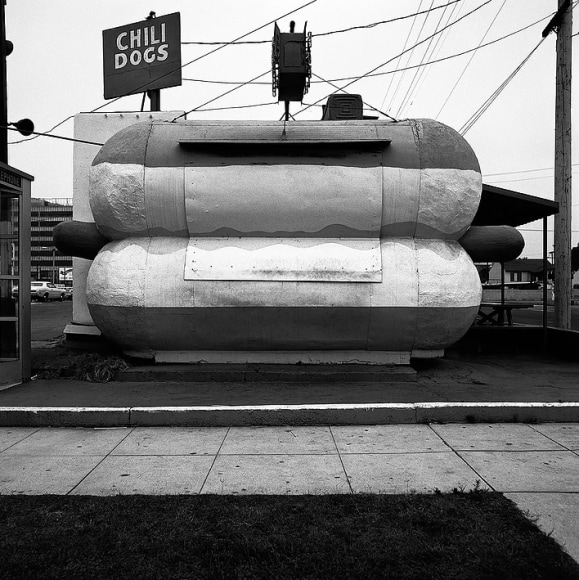
(born July 13, 1944) Roger Laell Minick is an American photographer who has documented tourists in the National Parks of the United States. The series, called “Sightseer”, has been published in numerous books and widely exhibited in galleries and museums in the United States and Europe.[1] Minick has worked on numerous other photo projects over the years.…
-
Andrew Wyeth

(July 12, 1917 – January 16, 2009) Andrew Newell Wyeth was an American visual artist, primarily a realist painter, working predominantly in a regionalist style. He was one of the best-known U.S. artists of the middle 20th century. In his art, Wyeth’s favorite subjects were the land and people around him, both in his hometown of Chadds Ford, Pennsylvania, and…
-
James McNeill Whistler
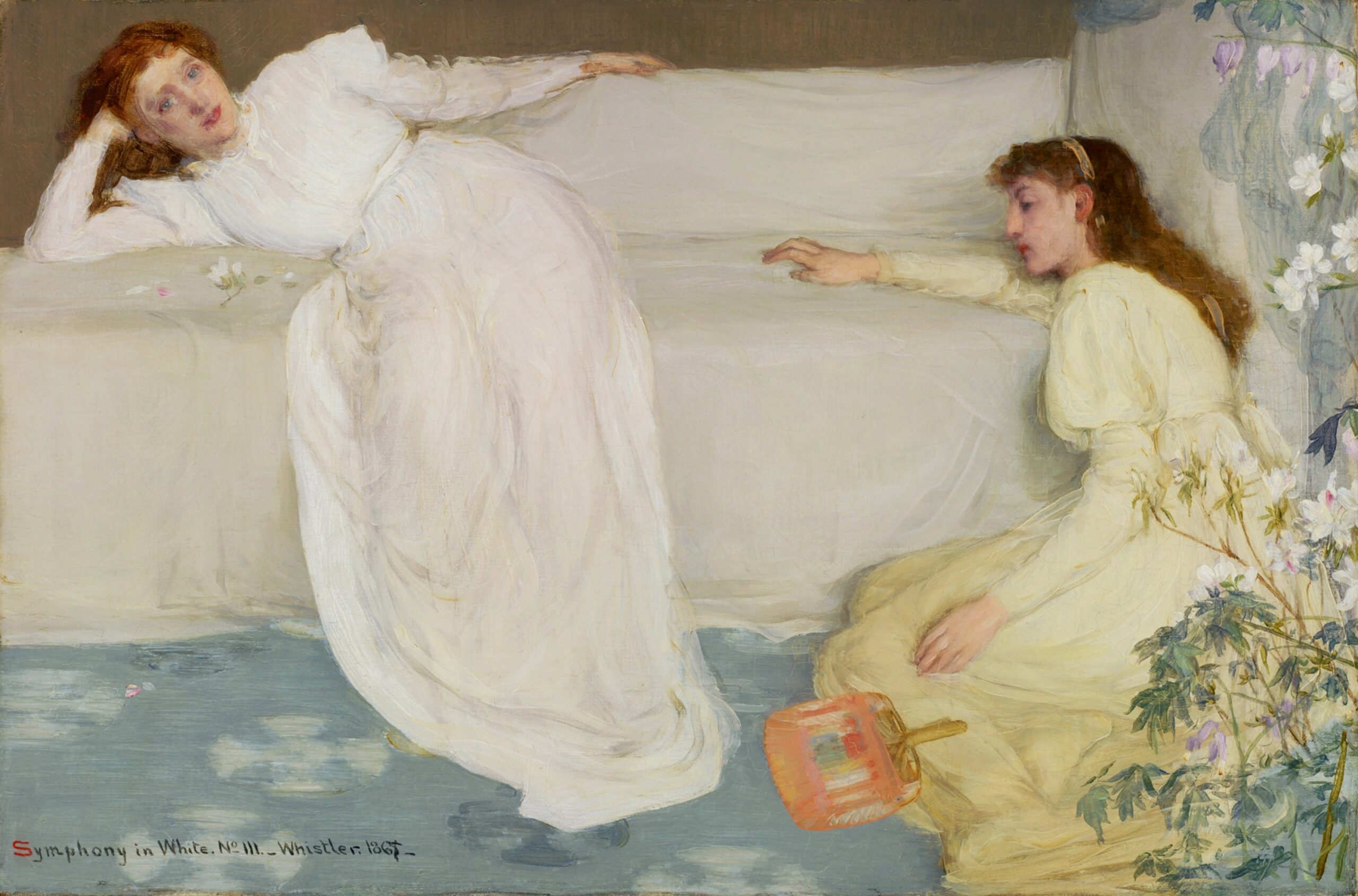
(July 10, 1834 – July 17, 1903) James Abbott McNeill Whistler was an American painter in oils and watercolor, and printmaker, active during the American Gilded Age and based primarily in the United Kingdom. He eschewed sentimentality and moral allusion in painting and was a leading proponent of the credo “art for art’s sake“. His signature for his paintings took the shape…
-
Bernard Buffet

(10 July 1928 – 4 October 1999) Bernard Buffet was a French painter, printmaker, and sculptor. He produced a varied and extensive body of work. His style was exclusively figurative. The artist enjoyed worldwide popularity early in his career but was shunned by art pundits later on. Today, there is a renewed interest in Bernard Buffet’s oeuvre.…
